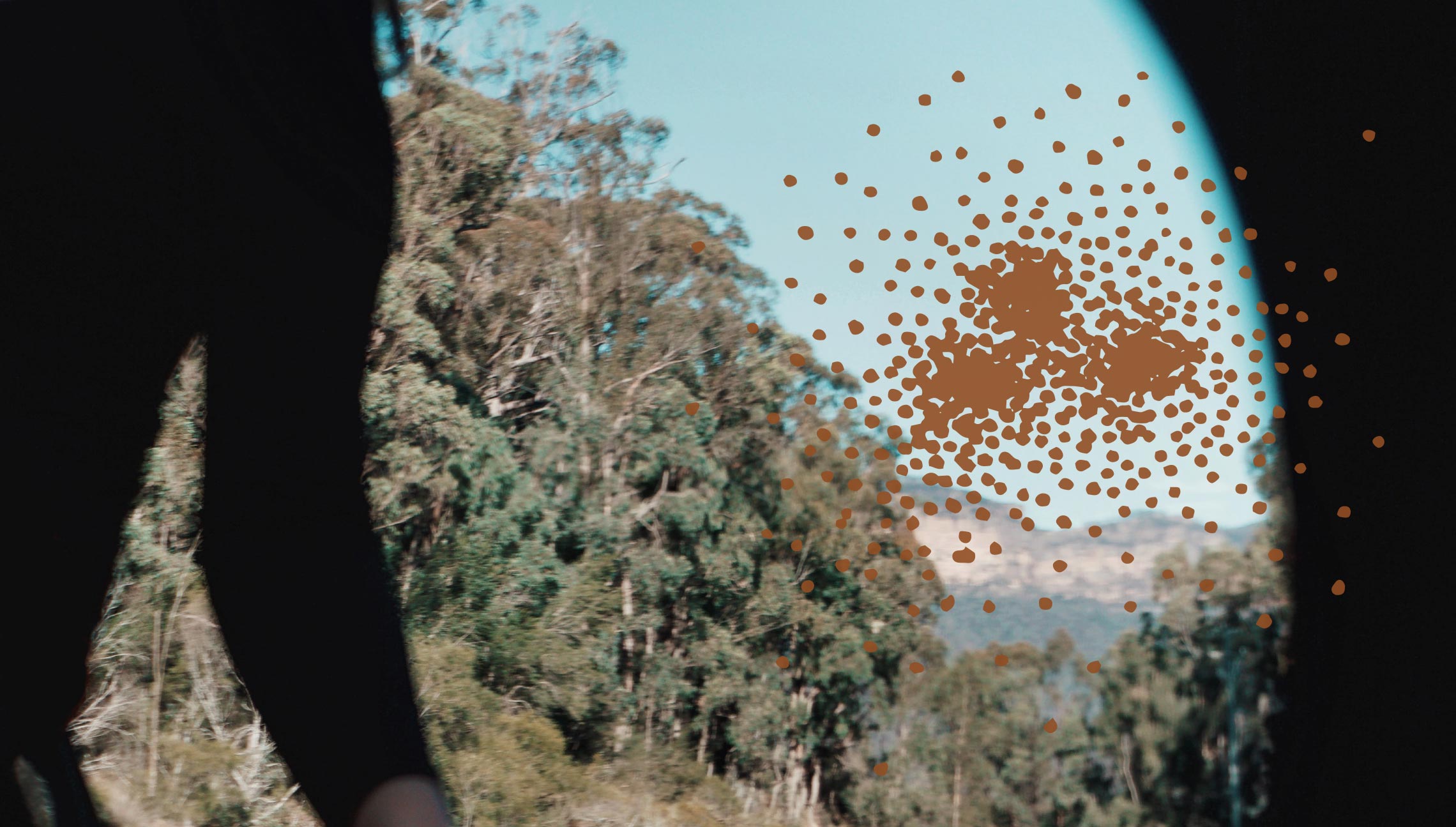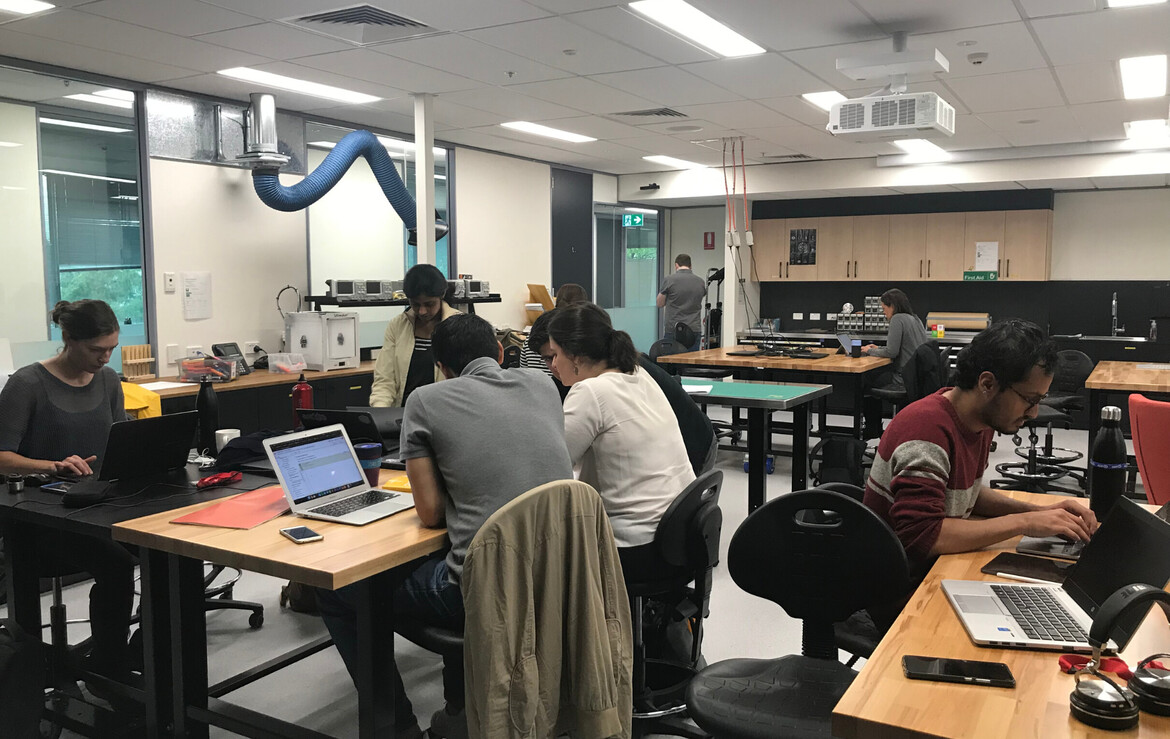What is #3Aihomework? In 2020, 3Ai is excited to be back in the classroom with a new cohort of Masters students, teaching a new branch of engineering into existence.
How would you like to play along at home? We are trying something different this year and giving you a little glimpse of life as a 3Ai student. And that means… homework! (disclaimer: don’t worry, you’re not being assessed). During the semester we will share with you a sample of what we are reading, a snapshot of the influences and discussions shaping 3Ai. This will match up with the fortnightly themes of our program.
In Semester One, students are undertaking two courses:
-
Question Framing, within which students engage with perspectives from a wide range of disciplines to frame critical and constructive questions about cyber-physical systems; and
-
Build, where students learn to create cyber-physical systems in collaborative teams with an explicit awareness of the environmental, social, and technological contexts that their systems could eventually exist within.
Your resources for Theme One:#
In Theme One in Question Framing, students have been exploring storytelling and context: the history, place and perspectives that shape how technology is built, how it’s deployed and who frames its narrative. The reading list this week included resources from anthropology, computer science, journalism, fiction, world systems theory and history. Here’s some of the resources that encouraged vigorous debate among the students:
-
Diana Forsythe (1993) Engineering knowledge: the construction of knowledge in artificial intelligence. Social Studies of Science 23: 445. Paper.
-
Klaus Schwab (2016) The Fourth Industrial Revolution: what it means, how to respond. Published on the World Economic Forum website. Blog.
-
Elyssebeth Leigh & Kat Cutay (2017) Aboriginal Engineering: Technologies for an enduring civilisation. Expansion of processes developed by OLT Projects, Engineering Across Cultures and Indigenous Online Cultural Teaching and Sharing. Booklet.
-
A short video from DW Stories (2019), about Japan’s Buddhist robot preacher. Short documentary.
Some of the questions preoccupying discussions during tutorials included, what does it mean to “know” something? And who owns what “knowledge” is? What is made invisible by stories, and what “counts” as progress?
In Theme One in Build, students have learnt some programming fundamentals in Python and taken an experimental approach to interacting with two incarnations of a historically significant psychologist chatbot. Readings in Build included:
-
Lovelace, A. (1842). Notes upon the memoir by the translator. In Sketch of the Analytical Engine Invented by Charles Babbage, by L. F. Menabrea. Bibliothèque Universellede Genève.
-
Turing, A. (1948). Intelligent machinery. Report, National Physical Laboratory.
-
Good, I. J. (1982). Ethical machines. In Proceedings of the Tenth Machine Intelligence Workshop, MI-10, pages 555–560. Ellis Horwood 1982.
In exploring the relative age of the two chatbots, students considered many factors, including chatbot sophistication, vocabulary use, gender bias, intended purpose, and even program size. They then used their explorations to create instructional plays designed to help an actor recreate one of the chatbot’s responses as a means of beginning to think about the structure of the code. All of this is designed to set the scene for next week, when the students will deconstruct and alter the chatbot code to create a more ‘ethical’ program.
Happy reading/watching/exploring!
All of our materials strive to reflect a variety of voices and perspectives, to in turn reflect our diverse cohort. Our 2020 cohort come from a range of countries, including Nigeria, the United States, Nepal, Mexico, India, Iran and Australia; a range of disciplines, including law and policy, economics, computer science and machine learning, biology, music, you name it; and are diverse in gender and ethnicity.
Want more?
Some of the #3Ai2020cohort have been blogging their progress, reflecting on the resources and their learnings in the 3Ai Masters Program. This fortnight, you can check out Lorenn’s insightful reflection: Every technology has history. Whose history is it anyways?

